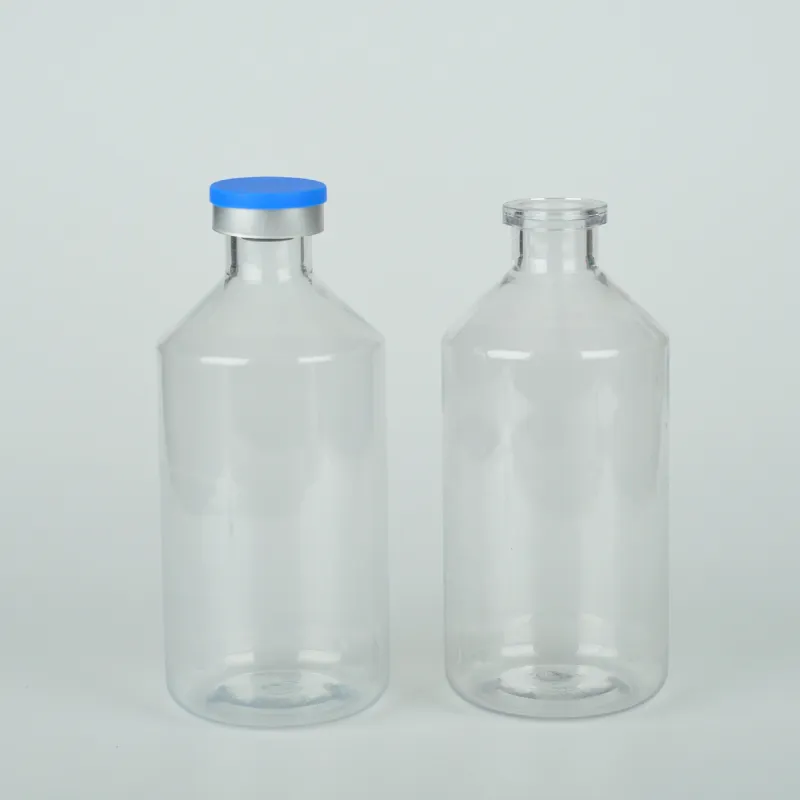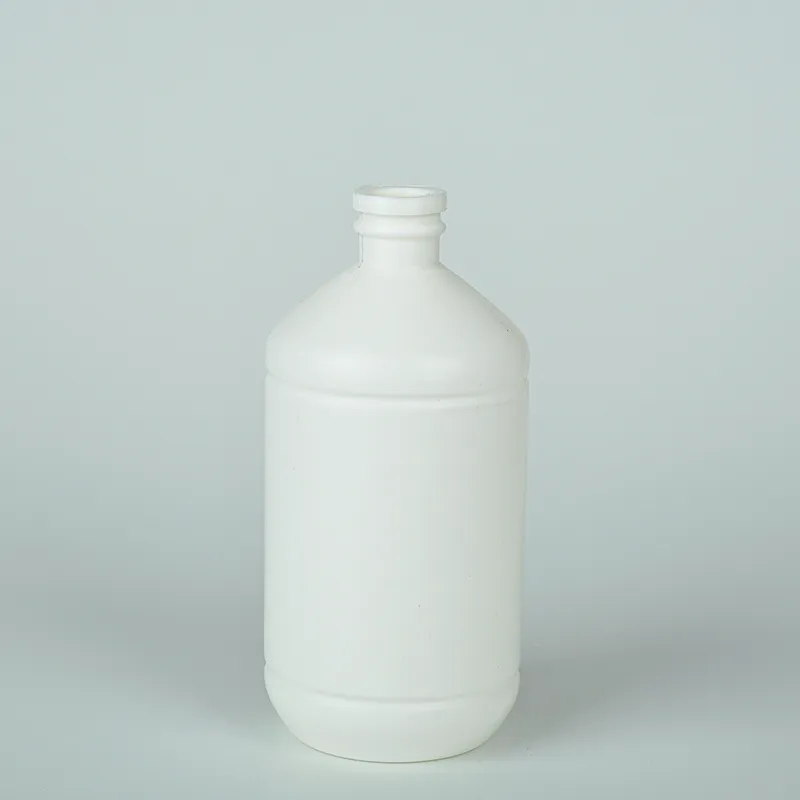
-
 Afrikaans
Afrikaans -
 Albanian
Albanian -
 Amharic
Amharic -
 Arabic
Arabic -
 Armenian
Armenian -
 Azerbaijani
Azerbaijani -
 Basque
Basque -
 Belarusian
Belarusian -
 Bengali
Bengali -
 Bosnian
Bosnian -
 Bulgarian
Bulgarian -
 Catalan
Catalan -
 Cebuano
Cebuano -
 Corsican
Corsican -
 Croatian
Croatian -
 Czech
Czech -
 Danish
Danish -
 Dutch
Dutch -
 English
English -
 Esperanto
Esperanto -
 Estonian
Estonian -
 Finnish
Finnish -
 French
French -
 Frisian
Frisian -
 Galician
Galician -
 Georgian
Georgian -
 German
German -
 Greek
Greek -
 Gujarati
Gujarati -
 Haitian Creole
Haitian Creole -
 hausa
hausa -
 hawaiian
hawaiian -
 Hebrew
Hebrew -
 Hindi
Hindi -
 Miao
Miao -
 Hungarian
Hungarian -
 Icelandic
Icelandic -
 igbo
igbo -
 Indonesian
Indonesian -
 irish
irish -
 Italian
Italian -
 Japanese
Japanese -
 Javanese
Javanese -
 Kannada
Kannada -
 kazakh
kazakh -
 Khmer
Khmer -
 Rwandese
Rwandese -
 Korean
Korean -
 Kurdish
Kurdish -
 Kyrgyz
Kyrgyz -
 Lao
Lao -
 Latin
Latin -
 Latvian
Latvian -
 Lithuanian
Lithuanian -
 Luxembourgish
Luxembourgish -
 Macedonian
Macedonian -
 Malgashi
Malgashi -
 Malay
Malay -
 Malayalam
Malayalam -
 Maltese
Maltese -
 Maori
Maori -
 Marathi
Marathi -
 Mongolian
Mongolian -
 Myanmar
Myanmar -
 Nepali
Nepali -
 Norwegian
Norwegian -
 Norwegian
Norwegian -
 Occitan
Occitan -
 Pashto
Pashto -
 Persian
Persian -
 Polish
Polish -
 Portuguese
Portuguese -
 Punjabi
Punjabi -
 Romanian
Romanian -
 Russian
Russian -
 Samoan
Samoan -
 Scottish Gaelic
Scottish Gaelic -
 Serbian
Serbian -
 Sesotho
Sesotho -
 Shona
Shona -
 Sindhi
Sindhi -
 Sinhala
Sinhala -
 Slovak
Slovak -
 Slovenian
Slovenian -
 Somali
Somali -
 Spanish
Spanish -
 Sundanese
Sundanese -
 Swahili
Swahili -
 Swedish
Swedish -
 Tagalog
Tagalog -
 Tajik
Tajik -
 Tamil
Tamil -
 Tatar
Tatar -
 Telugu
Telugu -
 Thai
Thai -
 Turkish
Turkish -
 Turkmen
Turkmen -
 Ukrainian
Ukrainian -
 Urdu
Urdu -
 Uighur
Uighur -
 Uzbek
Uzbek -
 Vietnamese
Vietnamese -
 Welsh
Welsh -
 Bantu
Bantu -
 Yiddish
Yiddish -
 Yoruba
Yoruba -
 Zulu
Zulu
Jan . 20, 2025 12:57
Back to list
Plastic Medicine Bottle Material Beautiful Empty Medicinal Plastic Bottle
Navigating the pharmaceutical world is no small feat, especially when it comes to understanding the specifics behind a simple yet critical object the prescription pill bottle. These seemingly mundane containers are a nexus of medical safety, regulatory precision, and personal health management. Harnessing this understanding can enhance your experience with medications, ensuring you gain the maximum efficacy from your prescriptions.
In terms of trustworthiness, the role of pharmacies cannot be understated. Pharmacists are pivotal figures in the lifecycle of the prescription pill bottle. They act as a defense line against medication errors, ensuring that the right drugs are dispensed in the correct dosages. This intricate process involves cross-referencing the prescription details with the patient’s medical history, which bolsters trust between healthcare providers and patients. The pharmacist’s role is also pivotal when it comes to educating patients on how to read the labels and understand the information contained within those crisp, clear instructions. For consumers, understanding the nuances of pill bottle prescriptions can greatly enhance adherence to their medication regimens. Personal experiences often reveal that when patients engage with and understand the intricacies of their pill bottles, they report improved health outcomes. This connection highlights the human element intertwined with the clinical, as each bottle tells a part of the broader healthcare story personal to the individual. Despite the digital age offering apps and electronic reminders, the physical presence of a well-labeled pill bottle remains a cornerstone of personal health management. Its tangible nature provides immediate, reliable access to crucial health information, underscoring its continuing importance within a seamless healthcare system. In conclusion, the prescription pill bottle, while small and often overlooked, represents a confluence of experience, expertise, authority, and trust. Understanding its purpose and components not only aids in personal health management but also reinforces trust in the healthcare system. When viewed through this lens, these seemingly simple containers evolve into vital instruments of modern medicine, each holding the potential for profound impact on personal health and wellbeing.


In terms of trustworthiness, the role of pharmacies cannot be understated. Pharmacists are pivotal figures in the lifecycle of the prescription pill bottle. They act as a defense line against medication errors, ensuring that the right drugs are dispensed in the correct dosages. This intricate process involves cross-referencing the prescription details with the patient’s medical history, which bolsters trust between healthcare providers and patients. The pharmacist’s role is also pivotal when it comes to educating patients on how to read the labels and understand the information contained within those crisp, clear instructions. For consumers, understanding the nuances of pill bottle prescriptions can greatly enhance adherence to their medication regimens. Personal experiences often reveal that when patients engage with and understand the intricacies of their pill bottles, they report improved health outcomes. This connection highlights the human element intertwined with the clinical, as each bottle tells a part of the broader healthcare story personal to the individual. Despite the digital age offering apps and electronic reminders, the physical presence of a well-labeled pill bottle remains a cornerstone of personal health management. Its tangible nature provides immediate, reliable access to crucial health information, underscoring its continuing importance within a seamless healthcare system. In conclusion, the prescription pill bottle, while small and often overlooked, represents a confluence of experience, expertise, authority, and trust. Understanding its purpose and components not only aids in personal health management but also reinforces trust in the healthcare system. When viewed through this lens, these seemingly simple containers evolve into vital instruments of modern medicine, each holding the potential for profound impact on personal health and wellbeing.
Share
Next:
Latest news
-
ScienceLabSupplies Premium Small Medicine Bottles & Lab EquipmentNewsApr.29,2025
-
Empty Pill Containers Durable, Leak-Proof & Portable Pill StorageNewsApr.29,2025
-
Petri Dishes Key Uses in Lab & Microbiology Experiments Sterile & DurableNewsApr.29,2025
-
Premium Metal Dropper Bottles - 50ml & 250ml SizesNewsApr.28,2025
-
Small Liquid Medicine Containers Leak-Proof & Durable DesignNewsApr.28,2025
-
Secure Medication Travel Container TSA Approved, Compact & Leak-ProofNewsApr.28,2025
RECOMMEND PRODUCTS






















